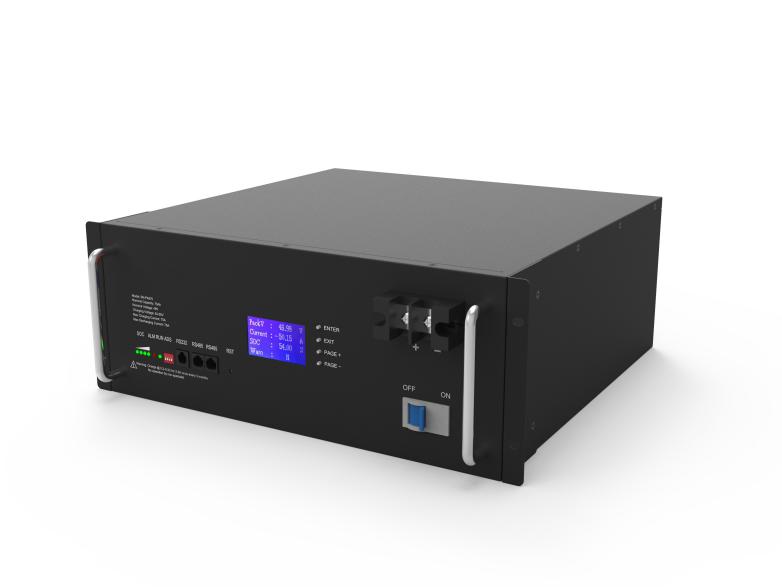- 17
- Nov
What steps should lithium batteries go through before they are produced?
Do you want to activate the battery?
The answer is that the battery needs to be activated, but this is not the user’s job. I visited that factory. In the early days, lithium batteries went through the following processes:
The electrolyte of the lithium battery shell is perfused-to-sealed, charged at a constant voltage, and then discharged. This cycle is repeated several times. The electrolyte is abundant and wets the electrode. The activation ability is strong and meets the requirements. This ability is an active process. Check the battery Capacity, select the battery difference classification level of the battery with different functions (capacity), capacity matching, etc. The resulting lithium battery is now active in the hands of users. Ni-Cd and Ni-MH batteries can also be activated by factory conversion. Some batteries are activated in the open state and sealed after activation. This process can only be done by the battery manufacturer.

★The so-called secondary activation can also be done. The user tries to recharge and leave the battery as many times as possible when using a new battery for the first time.
●But according to my inspection (about lithium batteries), the storage period of lithium batteries is 1-3 months. It is a deep charge and deep cycle processing, and its capacity travel phenomenon does not exist at all. (I have a battery activation verification statement in the discussion section.)
Does it take 12 hours for the first three cases?
This problem is closely related to the battery activation problem mentioned above. Assuming that the factory battery has electrode passivation on the user’s hand, it takes three deep charge and discharge cycles to activate the battery. In fact, the problem with deep charging is not 12 hours of non-charging. So my other article “Mobile Phone Battery Charging Time” answers this question.
The answer is no charge for 12 hours.
In the early days, due to the demand compensation and drip charging process of mobile phone Ni-MH batteries, it may take about 5 hours to reach a perfect state of charge instead of 12 hours. The constant current and constant voltage charging characteristics of lithium batteries make the deep charging time less than 12 hours.
For example, for a 600ma battery, set the current to 0.01C.6mA), the 1C charging time does not exceed 150 minutes, and then set the current to 0.001°C (0.6mA), and the charging time is 10 hours. This may be because of the accuracy of the instrument. It can’t be obtained accurately now, but the capacity obtained from 0.01 to 0.001 degrees is only 1.7 mA, and the capacity obtained in exchange for more than 7 hours is less than 3/1000, which is of no practical significance.
In addition, there are other charging methods. For example, when the pulse charging method of lithium battery reaches 4.2V binding voltage, it will not end at the minimum current stage, generally 150 minutes after 100% full charge. Many mobile phones are driven by pulses.
Some people used their mobile phones to flash charge in the early years, and then used the seat to charge to acknowledge the full extent of the mobile phone. This method of checking is not cautious.
Important The green light emitted by the charger is not a real charging test.
★★Check the voltage when the lithium battery is charged (or discharged) all the way after detecting whether the lithium battery is fully charged.
The real purpose of the constant voltage drop phase current is to gradually reduce the additional voltage caused by the charging current to the internal resistance of the battery. When the current is as low as 0.01c, such as 6mA, the product of the current and the internal resistance of the battery (generally within 200 milliohms) is only 1mV, and the voltage at this time can be regarded as the battery voltage without current.
Second, the reference voltage of the mobile phone is not necessarily equal to the reference voltage of the seat charging. The mobile phone thinks that the battery is full and charges the seat, while the seat thinks that the battery is not full and continues to charge.
